Move Like a Predator
“Head Over Foot” is the Missing Link to Effortless Movement
Hey friends and fam,
This is the third post in my series unpacking highlights from my podcast with David Weck, the inventor of the BOSU ball. I discovered his work when I was learning about running techniques and training to complete a marathon. The podcast spanned nearly three hours which is its own kind of marathon. These posts have helped me deepen my understanding by breaking up the main ideas from the podcast and sharing them in a more digestible format.
In my first post, we explored how basic survival functions such as locomotion, swinging, throwing, catching, and carrying are the roots of movement for humans as apex predators. These primal actions should guide how we understand and train movement.
In the second post, I outlined David’s insight that structure determines function, but function reshapes structure over time. During movement, the positioning of the three main structural components, fluid (muscles), bones, and fascia, can achieve tensional balance where forces are distributed evenly to reduce strain and funnel the ever-present force of gravity down to the ground with precision and efficiency. Fascia is the key player as it surrounds, connects and integrates everything giving structure to both fluid and skeleton. However, fascia adapts to your most common movements, ultimately altering the body’s structure to conform to either dysfunctional movement habits or powerful, efficient movement. It’s your choice.
The most accessible way to reconnect with our ancestral apex predator roots is through gait. Locomotion ties together all other functions of survival and remains a key part of daily life for most people. Even a sedentary person walking just 3,000 steps a day will take over a million steps in one year. Every step is a rep and an opportunity to further fortify your structure.
So how do we walk or run in a way that makes us stronger with every step? David’s one simple cue is “Head over foot.”
“Head over foot” locomotion is the key to achieving perfect balance. It optimizes your structure to transmit force efficiently, so those million-plus steps don’t engrain poor movement habits.
To illustrate the point, David compares it to tire pressure. A properly inflated tire rolls smoothly and lasts longer, while a tire with even a tiny leak wears out faster and performs poorly. Likewise, over time even a minor misalignment in your gait can cause significant wear and tear on the body from compensations that cause muscle tightness and reduced flexibility.
In contrast, “Head over foot” locomotion feels lighter, smoother and more effortless. It ensures efficient transmission of ground reaction forces to move the body forward and reduces joint and tissue strain. A balanced posture makes energy stores last longer, fostering a sense of ease and power and unlocking the joy of movement.
You might wonder, “Does ‘Head over foot’ mean I’m bending my spine?” In short: yes. Dr. Serge Gracovetsky, best known for the spinal engine theory, argues that the spine, not the legs, is the true "motor" of human locomotion.
In his theory, Dr. Gracovetsky notes that the spine is not a straight rigid rod, rather it has a natural S-curve. When the spine side-bends, as a result of the natural curve, it creates a short and long side and counter-rotates shoulders and hips, driving locomotion. Look at this video of a double-leg amputee walking without prosthetics, powered entirely by coordinated spinal and pelvic motion.
The theory suggests that this rotational movement is more energy-efficient because it taps into stored elastic energy in the connective tissue, rather than relying solely on muscle contractions.
To feel the “spinal engine” in action, try running up a flight of stairs using two techniques. First, keep your spine centered between your feet. Then try again, side-bending so your head shifts over your stepping foot, and then quickly over the other. You'll likely feel faster, better push-offs, and greater ease with the “Head over foot” technique. Yet, the path of the feet going up the stairs didn’t change. What changed was the structure and position of the spine.
Building on that stair-running example, this brings us to the slightly mystical ending of my previous blog post which was “By using internal and external torsion of the spine — and adjusting the core’s pressure system — we can reposition ourselves in space while keeping the center of gravity stable, allowing for efficient force transmission with minimal energy loss.”
It’s quite a mouthful but what does it mean? The side-bending motion of the spine creates a long and short side, which maps onto internal and external torsion, respectively. As I said in the previous blog, the body can be thought of as a pressurized fluid system. When the spine bends, it can redistribute pressure and force evenly, reducing strain.
When running up the stairs "Head over foot," you may have noticed your spine shifted from one side bend to the other with each step. Yet, your center of gravity remained stable. That’s efficient movement: minimal energy loss, maximum force output, and better forward propulsion.
It’s easier to feel the "spinal engine" on stairs, but how do we train it into our regular gait? Enter #RopeFlow.
Never heard of it? That’s ok. David only coined the term in 2004. It’s a movement practice where you swing a rope in flowing, rotational patterns around your body. Unlike traditional jump rope, it removes the jumping component and shifts the focus instead on spinal rotation and weight shifting. I think of it as dancing with the rope because it forces you to move with rhythmic coordination, and I nearly always do it with music.
There is now a large, growing, global community practicing #RopeFlow because it is so low-impact and accessible to all ages. I’ve done it for two years and don’t imagine ever stopping. I use it to improve shoulder mobility, rehab injured joints, and even relieve stress. The mind-body coordination it builds also transfers to movements like running, throwing, and swinging.
#RopeFlow is David’s way of teaching the masses to walk with “perfect balance.” To be clear, he does not denounce the value of traditional jump rope. However, it’s a great training tool for a different purpose and it’s not accessible to as many people because of the high impact from jumping and landing. In contrast, #RopeFlow lets you perform a high number of reps in a short span of time with minimal strain.
To mimic spine movements of locomotion with the rope, start with the underhand Figure 8 roll. Watch this video to learn the pattern and how it relates to walking. Once you master that spinal rotation from underhand Figure 8s, you’ll naturally carry it into your gait.
As I said at the start, survival as an apex predator is the root of human movement. Survival depends not only on physical balance as we move but also the balance between the sympathetic (fight-or-flight) and parasympathetic (rest-and-digest) nervous systems. #RopeFlow practice habituates the body into a “poised to pounce” state which balances the two nervous system modes. You naturally enter a state of relaxed readiness where you’re primed to move instantly and powerfully, like a predator ready to strike, feeling fluid without tension. It’s a feeling of “readiness” that builds confidence and trust that your body can handle any challenge with ease.
Efficient movement begins with understanding the body’s natural design and how its parts work together. Walking or running with “head over foot” alignment engages the spinal engine and promotes balanced force transmission that feels effortless. Practicing #RopeFlow further enhances spinal rotation and coordination, integrating the whole body as a unit and ingraining a state of readiness that fosters confidence and ease. Together, these concepts and practices reconnect us to our primal roots, helping us move with greater power and fluidity.
Connect with J-Mart on Social Media
Nostr - npub1cqfrrgxs6mwpl2xpmh2kzw322qv2n0e4r65jllzncv65krmvwhnsct3p5u
Email - jmartfit@substack.com
Instagram - https://www.instagram.com/jmartfit/
Facebook - https://fb.me/jmartmoves
Medium - https://jmartwrites.medium.com/
You can also check out my State of Health Podcast (health education geared) on the platform of your choice:
Apple -
Spotify -
Amazon Music - https://music.amazon.ca/podcasts/01bb34c0-00a2-45e2-8627-95c32aba7c0e/state-of-health


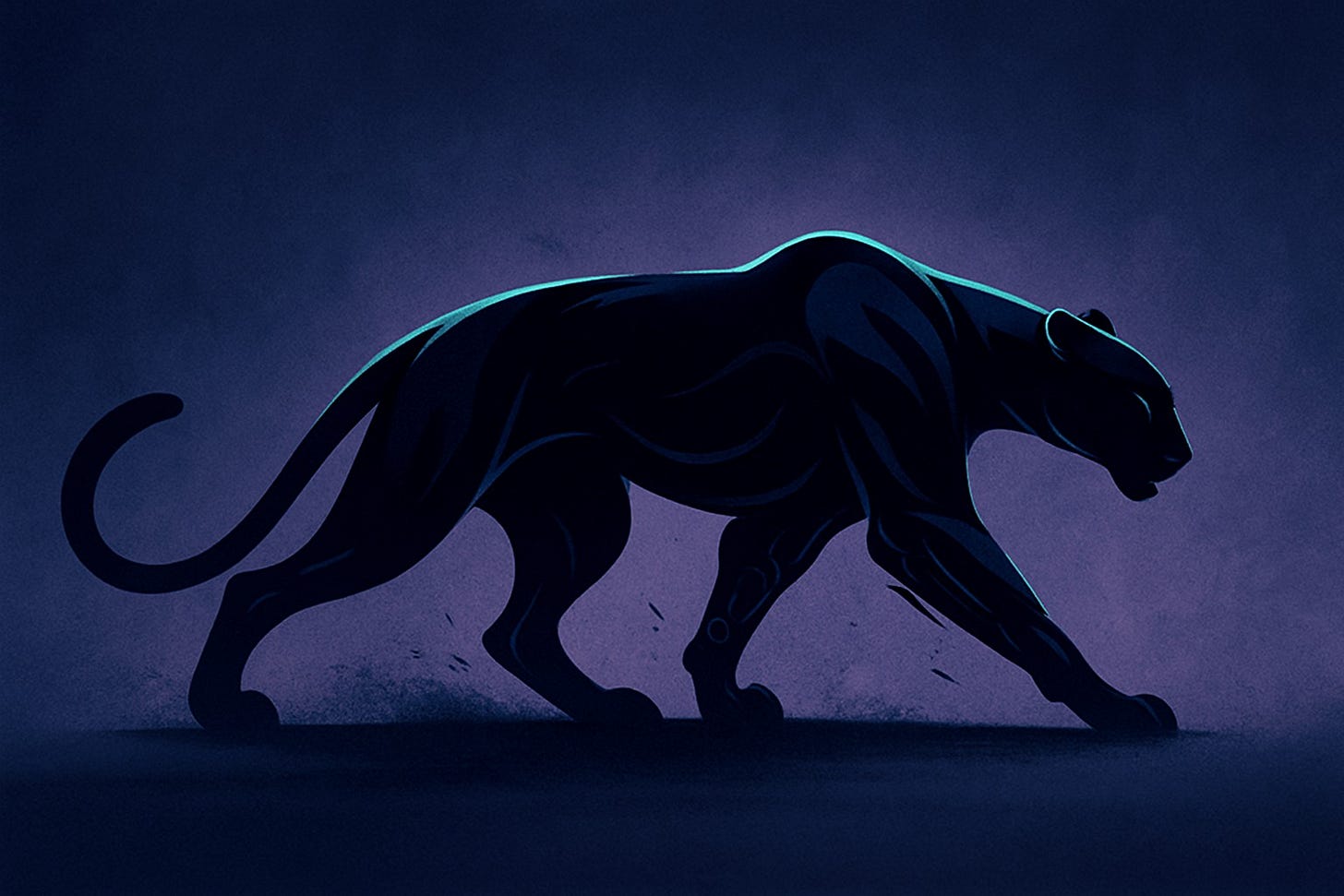
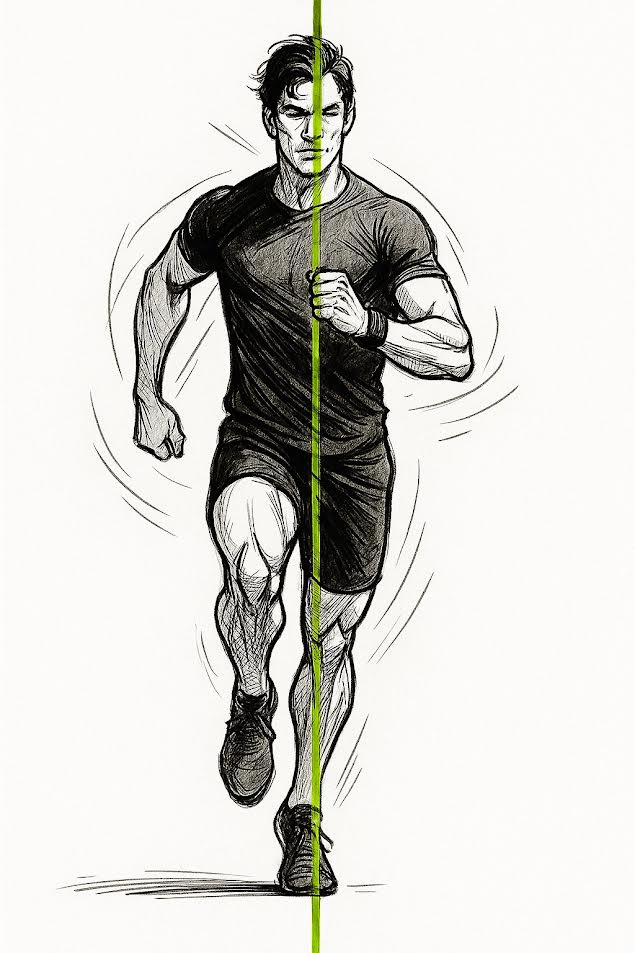
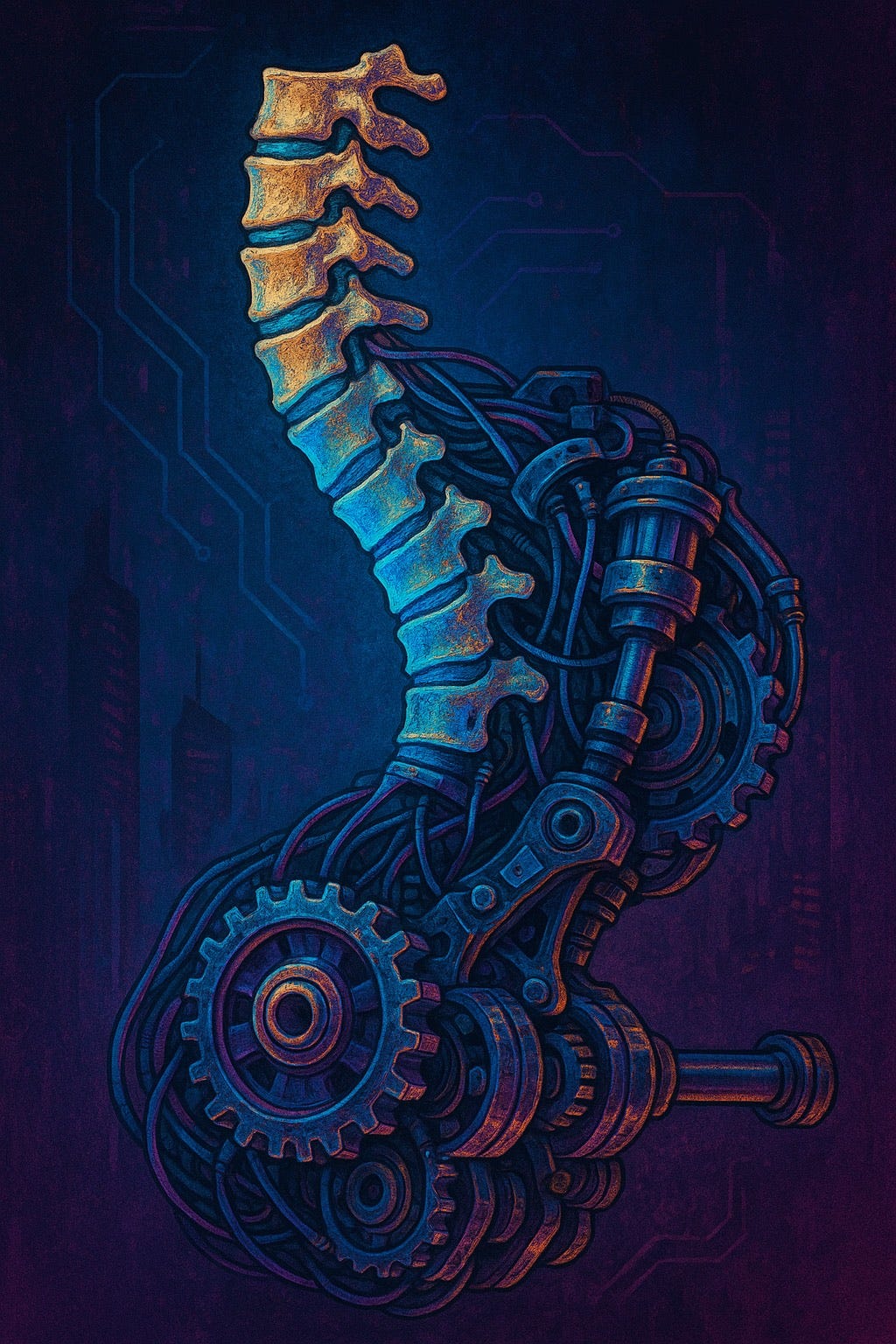
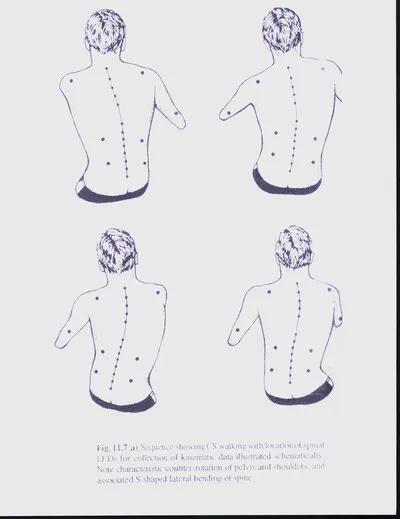
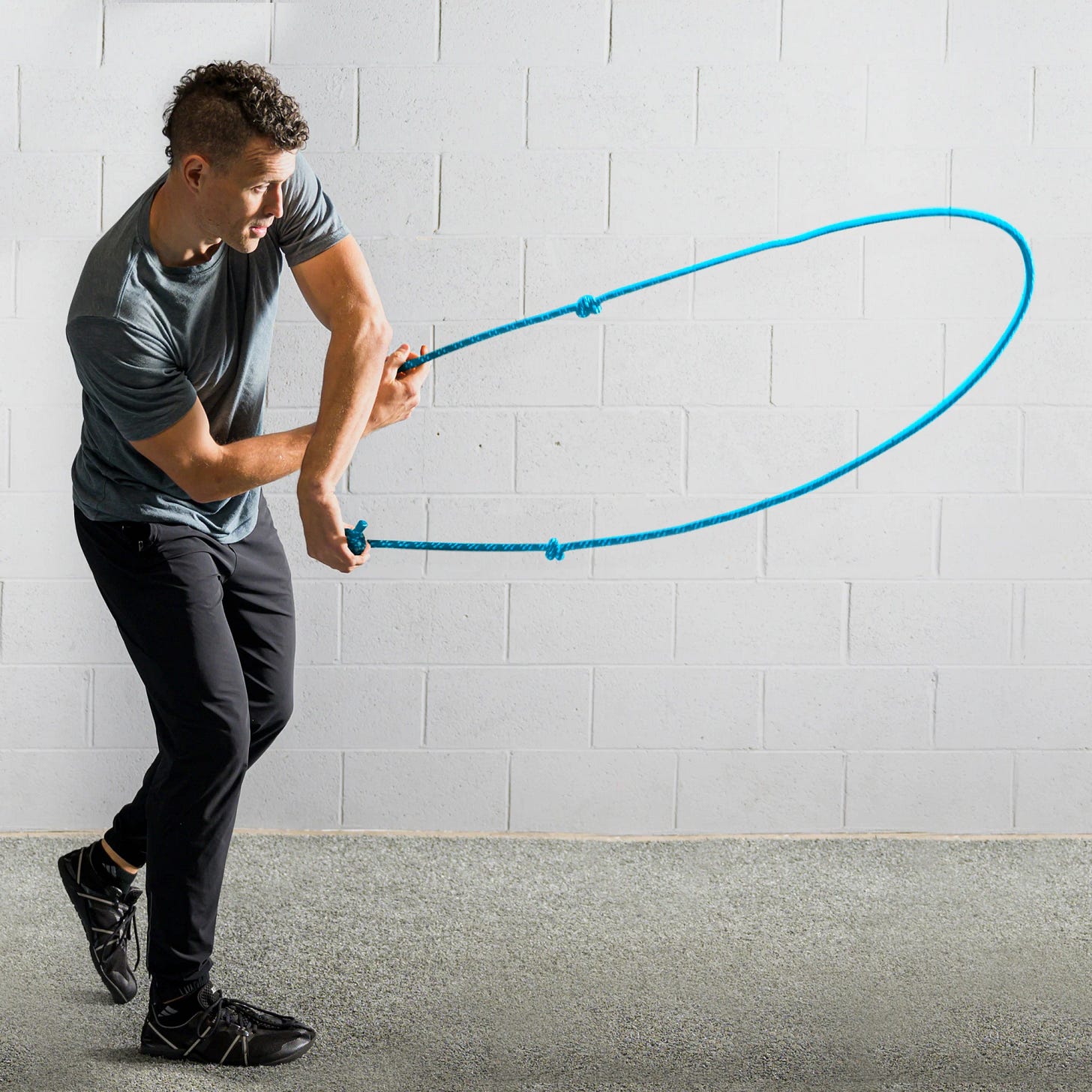
Fascinating! I have been doing a daily morning walk nearly every day since the pandemic and its profound how little adjustments to the way you move affect many other elements of your health! 👏